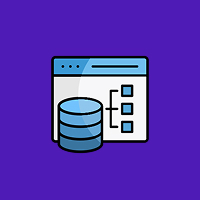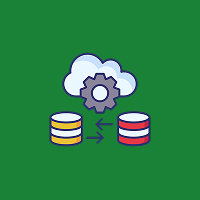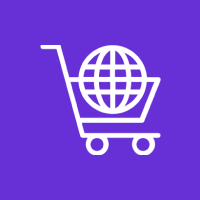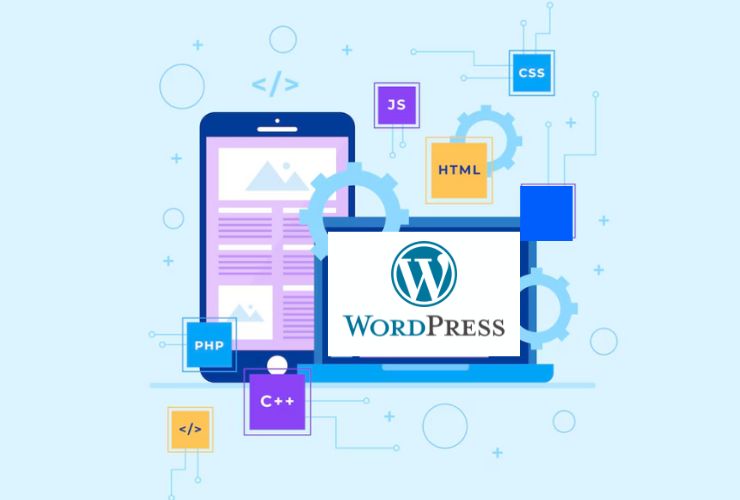Now in the current competitive eCommerce landscape, a prettier Shopify shop does not suffice. If your site is not present on Google-like search engines, customers are never going to be able to see you—no matter how great your items are. Here Shopify SEO plays an important role.
SEO makes your store more visible within search results, drives organic traffic, and therefore increases sales. Whether you are opening your store for the first time or trying to enhance performance, the tips below will lead you through making your store more discoverable and profitable.
1. Optimize Your Shopify Site Structure
Search engines love clarity, and so do users. A well-organized site structure not only makes it easier for Google to crawl your site, but it also improves user navigation.
- Use a flat site architecture so users can reach any page within 2–3 clicks.
- Organize products into clearly labeled collections.
- Keep menus clean and intuitive.
- Use breadcrumb navigation to enhance internal linking.
Pro Tip: Internally link relevant product or blog pages to spread page authority and retain users on your site longer.
2. Research Keywords in Depth
You can’t possibly optimize for search unless you know what your audience is looking for. Begin by determining main keywords your audience uses, then discover companion long-tail keywords to bring more specific traffic.
- Utilize tools such as Google Keyword Planner, Ahrefs, Ubersuggest, or SEMrush.
- Target buyer intent keywords (e.g., “buy eco-friendly yoga mat” instead of just “yoga mat”).
- Place keywords strategically in titles, headings, URLs, product descriptions, and metadata.
3. Optimize Product and Collection Pages
Every product and collection page should be optimized for both search engines and human users. Here’s what to focus on:
- Use clear, keyword-rich titles that describe your product.
- Write unique, informative descriptions that highlight product benefits, features, and use cases.
- Use product schema markup (Shopify apps can assist) to enhance how products look in search results (rich snippets).
- Add user-generated content like reviews and Q&A.
- This benefits SEO but also increases trust and conversion rates.
4. Add Descriptive Image ALT Text
All images on your site should include descriptive ALT text. This is vital for:
- SEO: ALT text enhances image ranking in Google Images, which provides more traffic.
- Accessibility: Visually impaired users use ALT tags to get context.
- Use keywords when it makes sense, but have the descriptions be natural and correct.
5. Speed Up Your Page Load Speed
A slow website can damage your SEO and drive away customers. Google uses page speed as a ranking factor, particularly for mobile searches.
- Use tools like TinyIMG or ImageOptim to compress images.
- Restrict the use of heavy scripts or useless apps.
- Select light, mobile-friendly Shopify themes.
- Use lazy loading of images below the fold.
- Lower bounce rates and improved user satisfaction come from faster pages.
6. Leverage Blogging for Content Marketing and SEO
Blogging is a lesser-known yet effective way to enhance SEO in Shopify. With it, you can:
- Target long-tail keywords.
- Inform and interact with your audience.
- Establish your brand as an expert.
- Create backlinks to product or category pages.
- Content ideas are how-to articles, product reviews, industry news, seasonal gift guides, and FAQs.
7. Make SEO-Friendly URLs and Meta Tags
Clean, keyword-filled URLs make it easier for search engines to comprehend your content. Trim each URL of stop words and unnecessary numbers.
Example:
/collections/mens-winter-coats is preferable to /collections/123456789.
For meta titles and descriptions:
- Keep titles under 60 characters and descriptions under 160.
- Include your target keyword.
- Make them enticing to drive click-throughs.
8. Build High-Quality Backlinks
Backlinks (links from other high-quality sites to yours) are a key ranking signal. They indicate trust and authority to search engines.
- Work with influencers and bloggers in your niche.
- Publish guest posts in industry publications.
- Get listed on directories and product review sites.
- Provide unique data or content that others naturally want to link to.
- Remember: quality over quantity when it comes to backlinks.
9. Enable HTTPS and Ensure Site Security
Security isn’t only beneficial to users—it’s also a ranking signal. Shopify includes a free SSL certificate, so make sure your store is using HTTPS.
- Establishes trust with visitors.
- Encrypts data transfer.
- Prevents “Not Secure” browser warnings.
- Make sure all internal links and external scripts are HTTPS-compatible.
10. Use Shopify SEO Apps
Shopify has an extensive array of SEO tools available in its app store. These can handle routine tasks and provide insight into SEO performance.
Some useful SEO apps are:
- Plug In SEO – for general SEO audits and recommendations.
- Smart SEO – for schema markup (structured data) and multilingual functionality.
- SEO Manager – for direct optimization and performance monitoring.
- Opt for apps that best suit your technical skills and business requirements.
Bonus Tip: Mobile Optimization
Over half of eCommerce traffic is from mobile devices. Shopify’s themes are automatically responsive, but do the following extra steps:
- Test your site across various screen sizes.
- Ensure buttons and font sizes are tap-friendly.
- Optimize mobile page speed with Shopify’s Lighthouse reports.
- Google now prioritizes mobile-first indexing, which means mobile experience has a direct impact on rankings.
Conclusion
Shopify SEO is not a one-and-done task—it’s a continuous strategy. Through best practices in site organization, content creation, keyword optimization, and technical SEO, you build a solid foundation for visibility and sales growth.
SEO is all about linking your products to the ones who are currently searching for them. The better optimized your store, the more probable it is that your audience will find and trust you, and purchase from you. Incorporate SEO into your Shopify success plan—and watch your traffic and conversions grow steadily.
Contact Us Today













 Database Development
Database Development












































